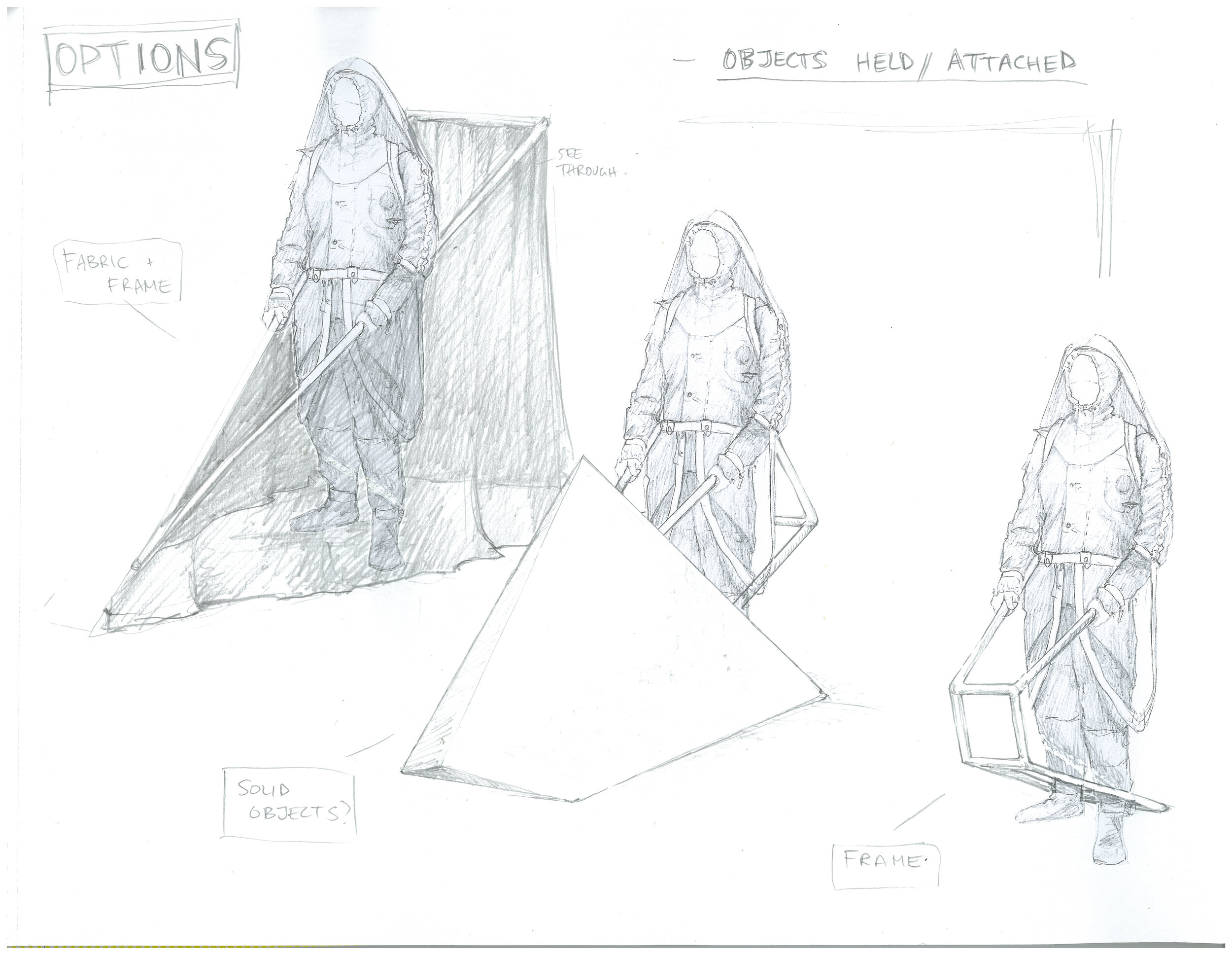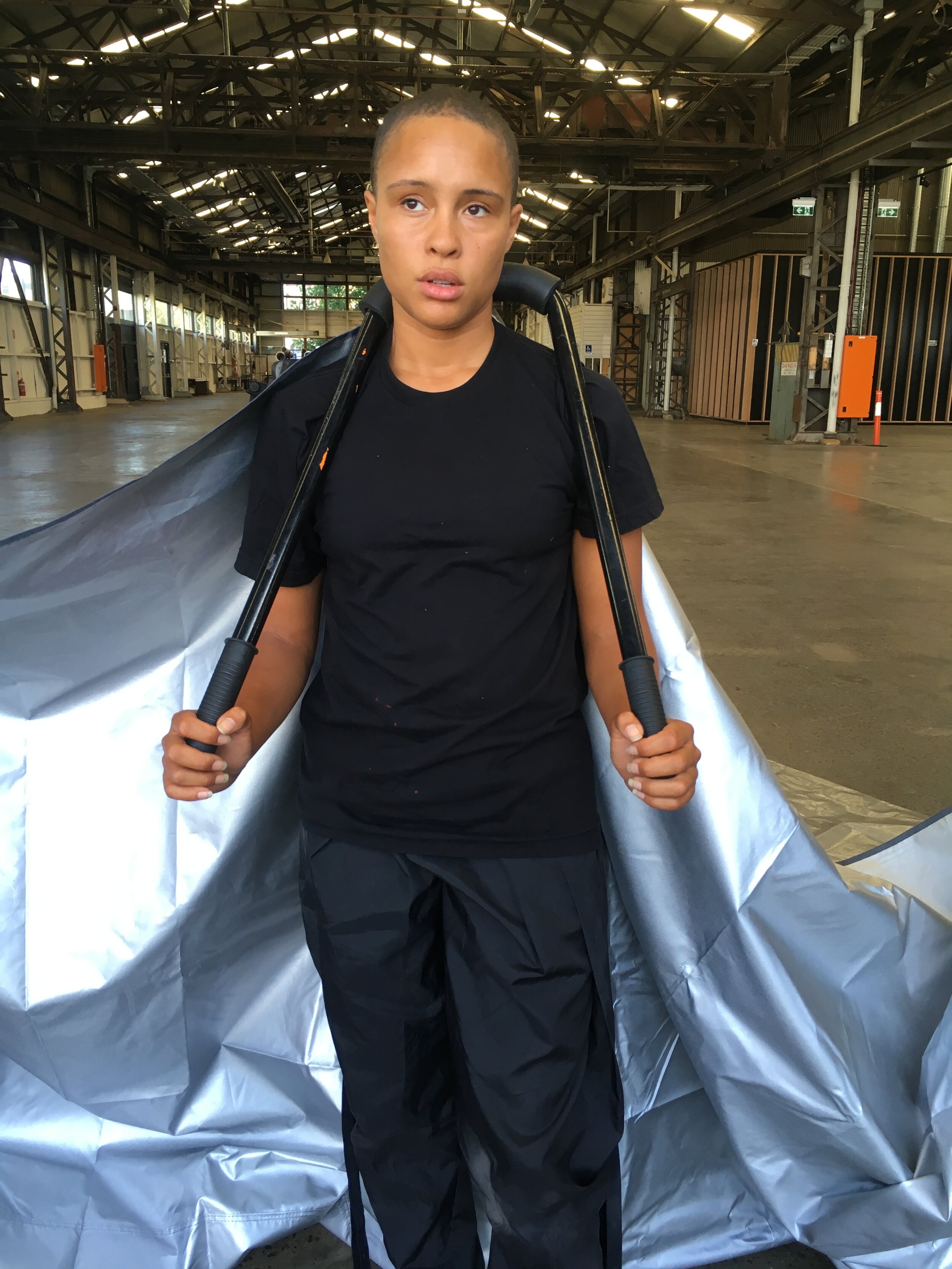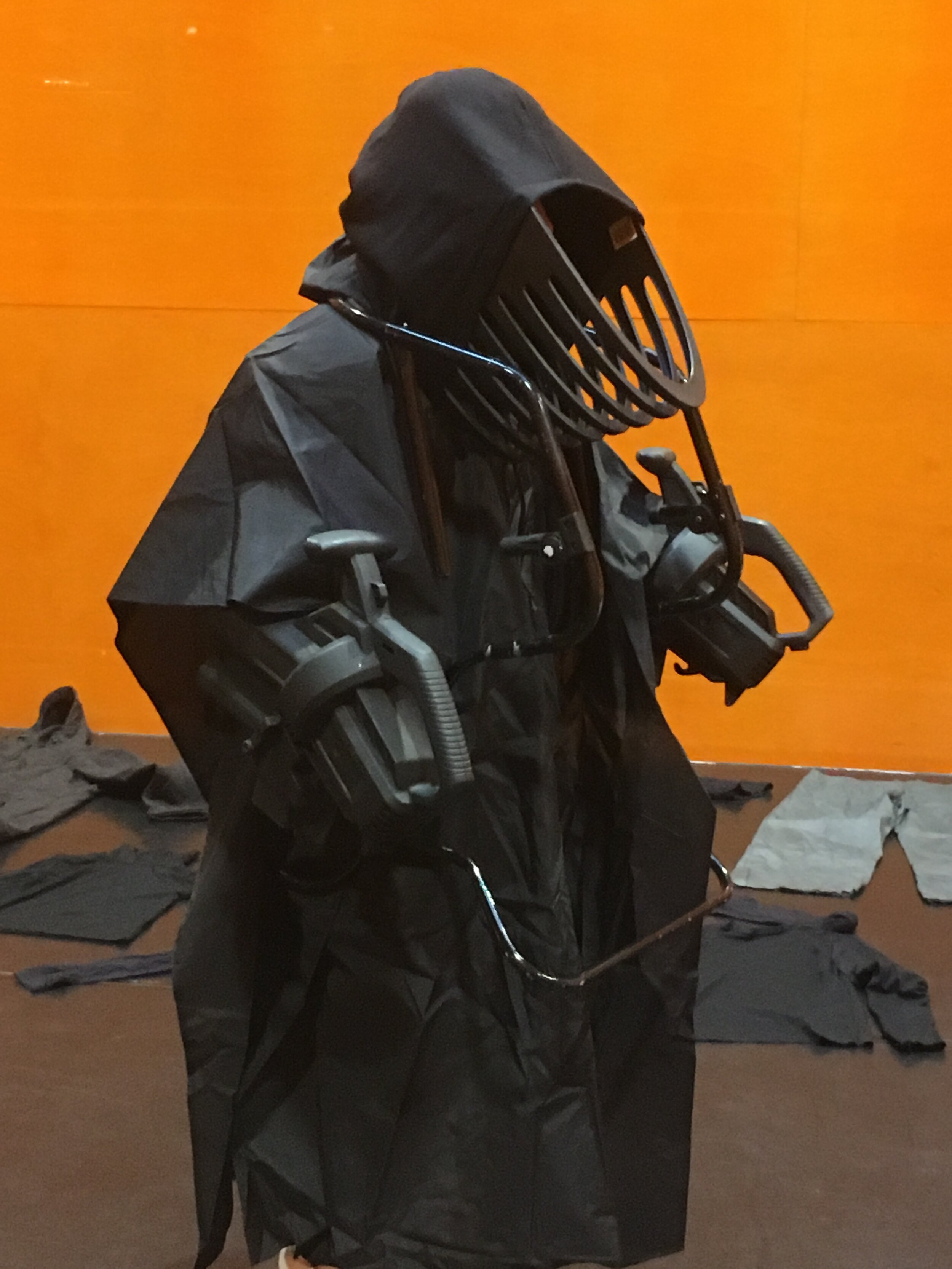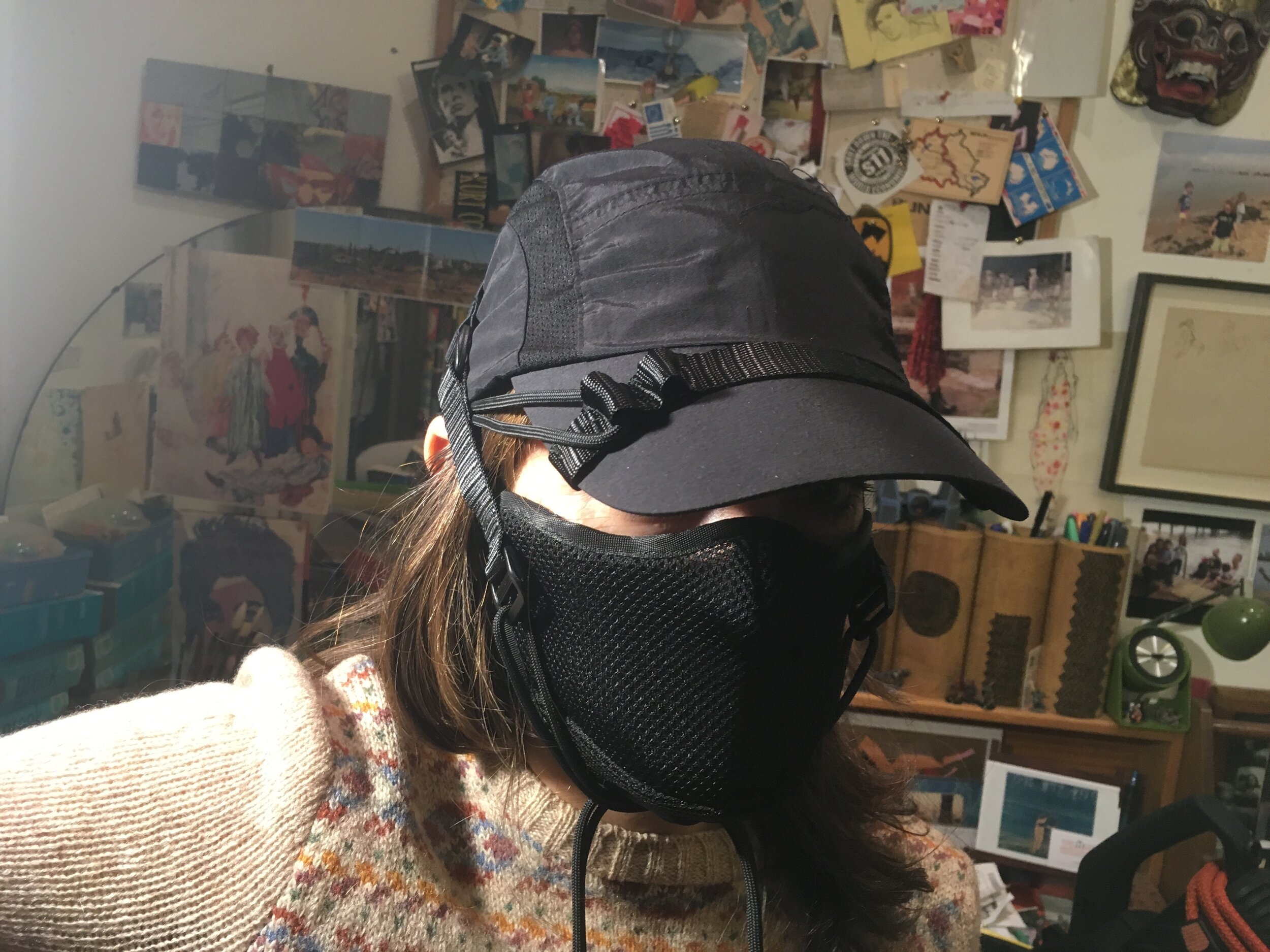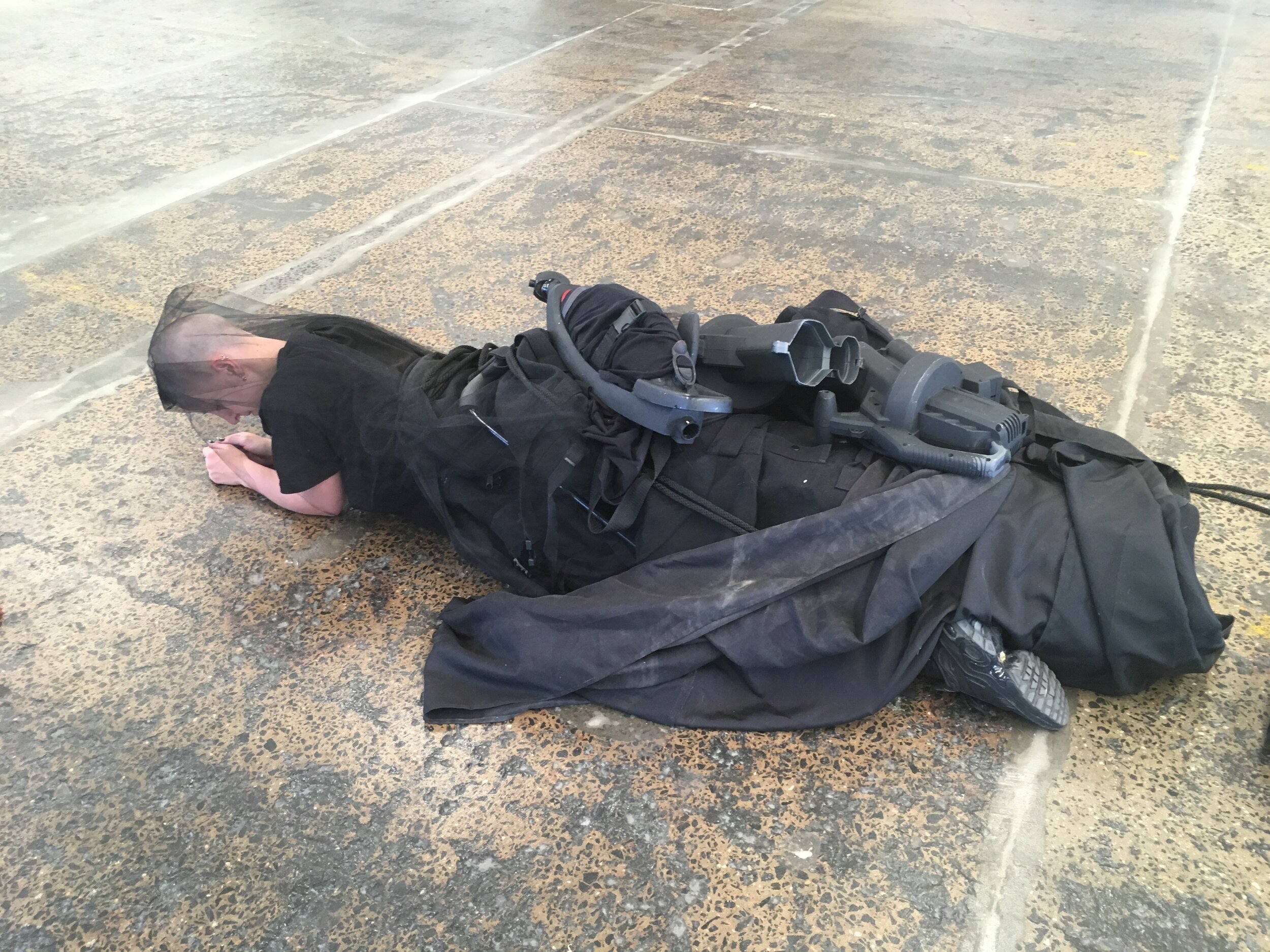Paula Levis on Token Armies 2019
Paula Levis on the costume development for Token Armies.
CM: You have worked as a costume designer with Chunky Move for many years, can you talk about the first show you worked on with the company? Or the most memorable?
PL: The first show I worked on for Chunky Move was Three’s a Crowd, designing Historia for Rebecca Hilton in 2003. I was lucky enough to have designed for Becky as a post-grad student at VCA in 2001 and had had a wonderful experience working with her. I was very excited to be asked to be a part of this show and I remember feeling extremely privileged to be surrounded by such outstanding, humble artists from all three shows.
CM: Can you talk a bit about the initial concept behind the costumes for Token Armies?
PL: The idea for Token Armies had been in Antony’s head for quite some time before we went into the development phase for the work. During this long period of ‘gestation’ he had expressed many detailed ideas about what this world looked like and why. In terms of clothing, the imagined look was one of a functional, almost uniform ‘everyday’ aesthetic with every detail fashioned for practicality from a re-purposing of materials. This concept was always so strong and clear that it provided a very fertile space for exploring costume options. I spent a good year collecting images that I felt spoke to what Antony was trying to achieve and slowly, the detailed costume world emerged. Real world looks gradually evolved after buying many new and second-hand items, scrawling through streets of hard rubbish, seeing where the ‘holes’ were, then making what was needed to fill these holes.
CM: How do the costumes shape the overall world that both dancers & audience inhabit? And do they themselves play a performative role?
PL: The costumes are integral in ‘selling’ this world to the audience. The clothes aimed to be relatable/knowable but somehow a step outside our everyday experience of them. Detail played an extraordinarily big role in making these costumes believable. Devising a logo for the world and scattering it throughout also helped in unifying everything. The logo was also seen on audience costumes and therefore was integral in connecting the audience ‘army’ with the performer ‘army’. For anyone interested, the logo was the Greek word for ‘animal’- ‘Zo’ (ζώο).
CM: How do the costumes contribute to character development /individual roles within Token Armies?
PL: With Token Armies the costumes were very much inspired specifically by each dancer- Their individual energy, personality and ‘look’ helped in deciding what I developed for each performer to wear. The roles they were being asked to undertake in the work also provided a framework from within which to create their ‘costume’.
CM: What is unique to creating costumes specifically for dance (as opposed to film/theatre)?
PL: The main difference in my experience is that dance often allows for a more abstract approach to design. You can take the greater ideas of the work and use your knowledge of clothing (design and construction) to represent these ideas. I have definitely been able to pursue more complex/provocative design ideas in my work as a designer for dance.
CM: What were challenges in costuming 23 dancers and in this case hundreds of audience members?
PL: The greatest challenge in designing costumes is always time and money. But luckily, in this instance, I had a long lead time and was therefore able to make my ideas work to the budget. I also had an incredible consultant (Andrew Treloar) who had many years of fashion industry experience dealing with suppliers and ordering high volumes of clothing items- which was invaluable when it came to dressing hundreds of audience members!
CM: What does the collaboration process between a costume designer and choreographer look like? And more specifically, how do you and Antony collaborate creatively on performances?
PL: The collaboration process between costume designer and choreographer is different for each show and for each personality that comes together! For me and Antony, we have years of experience working together and there is a certain trust involved in the process. He is very visual and will always have a strong and specific image for the aesthetics of a particular show. My role is to try and push the boundaries of where he sees things and inject my own ideas and expertise to really round out and give extra depth to his vision.
From L-R: Amber McCartney, Jessie Oshodi, Paula Levis, Amber McCartney
An excerpt taken from this article featured in The Age, October 4 2019. Written by John Bailey
Levis' costuming is also crucial to Token Armies' world-building, and from the outset she's had the daunting task of dressing not just 23 performers but several hundred audience members. Part of the ritual of entering the space of the show is donning an outfit tailored by Levis.
“From the very beginning when Antony had this idea, it was always that the audience would be part of the work in that way,” she says. “The challenge was to try to find something that would cover people but not be too much of a hassle for them to put on. We were originally going to do full boilersuit kinds of things, shoe coverings, the whole kit and kaboodle. But because we have to get up to 300 people in per night, it's a lot of people to move into the space and so it has to be something quick and easy to put on.”
It might have been simple enough to churn out 300 black smocks, but for Levis this would have defeated the purpose. “The idea was to feel like you didn't know who was a performer. If the audience were all in one thing and the performers were all in different things, you'd still know who was who. The point is to try and make it a little bit harder to tell.”
As with so much else in the work, the costume design is at once alien and recognisable, cutting-edge contemporary and weirdly timeless. “With the costume design, Paula and I were pretty interested in referencing some quite contemporary fashion as well so that it did feel familiar,'' Hamilton says. "It felt like you could kind of see these people walking down the street. It's not very far out of our world. Just a slightly heightened state of reality.

